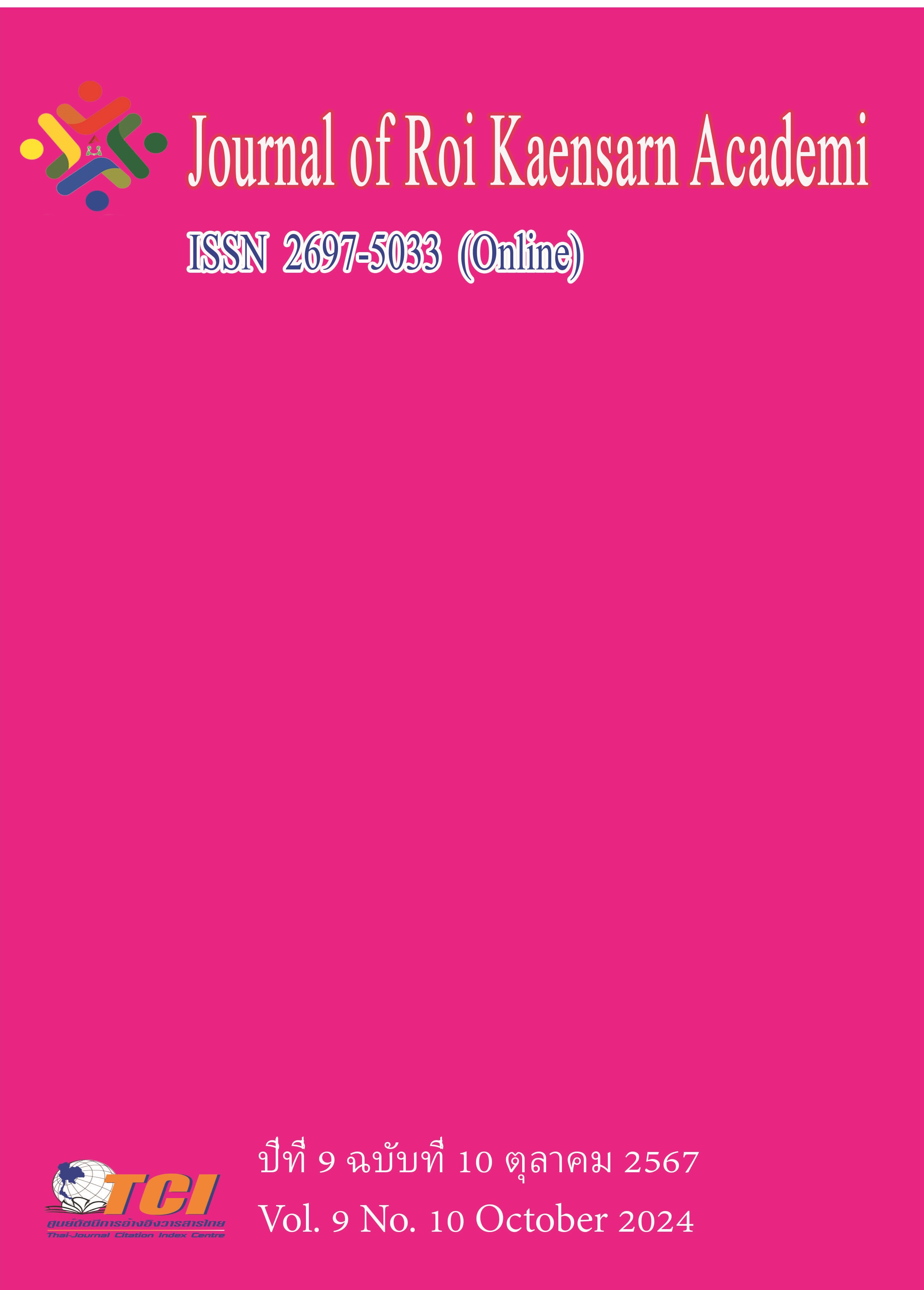The Design of Public Platform for Agricultural Products Packaging in Hunan-Jiangxi Border Area of New Era
Main Article Content
บทคัดย่อ
This paper addresses the following research questions: How can agricultural product sales in the Hunan-Jiangxi border area be increased through packaging design that is both aesthetically pleasing and practical? How can the market competitiveness of agricultural products in the Hunan-Jiangxi border area be enhanced through systematic brand design and promotion strategies? How can a public platform with comprehensive functions and an optimized interface be designed to meet the diverse and personalized needs of farmers and consumers?
The objectives of this research are as follows:
1. To investigate and develop packaging design solutions that align with market demand and environmental protection requirements, introduce innovative design concepts, and enhance the aesthetics and practicality of agricultural product packaging, thereby increasing sales in the Hunan-Jiangxi border area.
2. To formulate systematic brand design and promotion strategies for agricultural products to improve their market competitiveness in the Hunan-Jiangxi border area.
3. To analyze user needs and usage habits, optimize the platform interface and functions, and create a comprehensive public platform that meets the diverse and personalized needs of farmers and consumers.
The sample for this study includes farmers, consumers, packaging design companies, and agricultural product dealers. Data collection was carried out through the distribution of questionnaires, and the data analysis was conducted using SPSS, Excel, and other data analysis software. Statistical analyses, including frequency analysis, reliability analysis, validity analysis, confirmatory factor analysis, t-tests, and regression analysis, were employed to explore patterns and relationships in the data.
Conclusion: The design of agricultural product packaging that meets market demand and environmental protection requirements has a significant impact on the sales volume of agricultural products in the Hunan-Jiangxi border area. Systematic brand design and promotion strategies significantly enhance the market competitiveness of these agricultural products. Additionally, a public platform for agricultural products, featuring an optimized interface and quick functions, effectively meets the strong demand from both farmers and consumers.
Article Details
References
Ke, R., Huang, C., Shang, Y., Zheng, D., & Zhang, Y. (2019). Exploration of the “Nongzhuang” agricultural product packaging design platform. Agricultural Economics Research, 15, 037.
Liang, S., Zhou, M., Zhang, B., & Li, Y. (2021). Research on the packaging design of Maoming's specialty agricultural products for cross-border e-commerce under the background of rural revitalization. Green Packaging, (09).
Li, J. (2023). Research on agricultural product brand design to support rural revitalization: A case study of the "Chushi" brand. (Doctoral dissertation, Hangzhou Dianzi University).
McLeod, S. (2013). What is reliability? Simply Psychology. https://www.Simplypsy chology. org/reliability.html
Ru-yun, Q. (2020). Intelligent packaging of agricultural products under the background of rural revitalization. Packaging Technology, 2020 (04), 002.
Saniya, & Zhang, X. (2022). Research on the factors affecting user experience in interactive packaging design. Art and Design, (03), 030.
Wang, L. (2024). Innovative packaging design to enhance the added value of agricultural products. Think Tank Observation, (04).
Zhang, H., & Huang, L. (2024). Research on packaging design strategies for local specialty agricultural products under the background of rural revitalization. Journal of Jilin Agricultural Science and Technology University, (03).
Zhang, Q. (2024). Application of blockchain technology in the traceability of specialty agricultural products. Journal of Electronic Research and Application, 60-65.
Golafshani, N. (2003). Understanding reliability and validity in qualitative research. The Qualitative Report, 8 (4), 597-607. https://doi.org/10.46743/2160-3715/2003.1870
